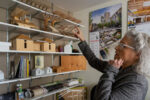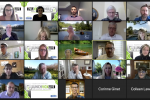Celebrating our Chamber Community: Who We Are and Where We’re Going
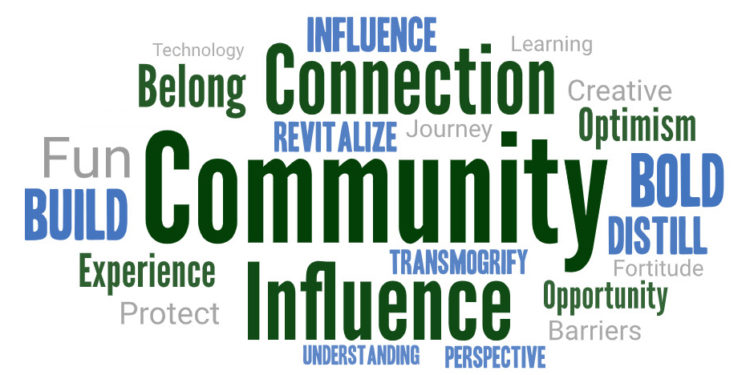
Last week, our Chamber board of directors and staff gathered for a day of visioning. The results were both humbling and inspiring: humbling to be in a room with enthusiastic and generous community-minded influencers, people who care deeply about their community and who, if called upon to do so, could and would move mountains; inspiring to witness the all-engines-go lights turn on with every bold idea and courageous big goal.
I imagine this experience to be shared by many a local chamber of commerce across the country who have for generations brought together their finest and boldest, that they might solve for their community’s greatest challenges, ensuring entrepreneurial and small business growth, job creation, and economic opportunity.
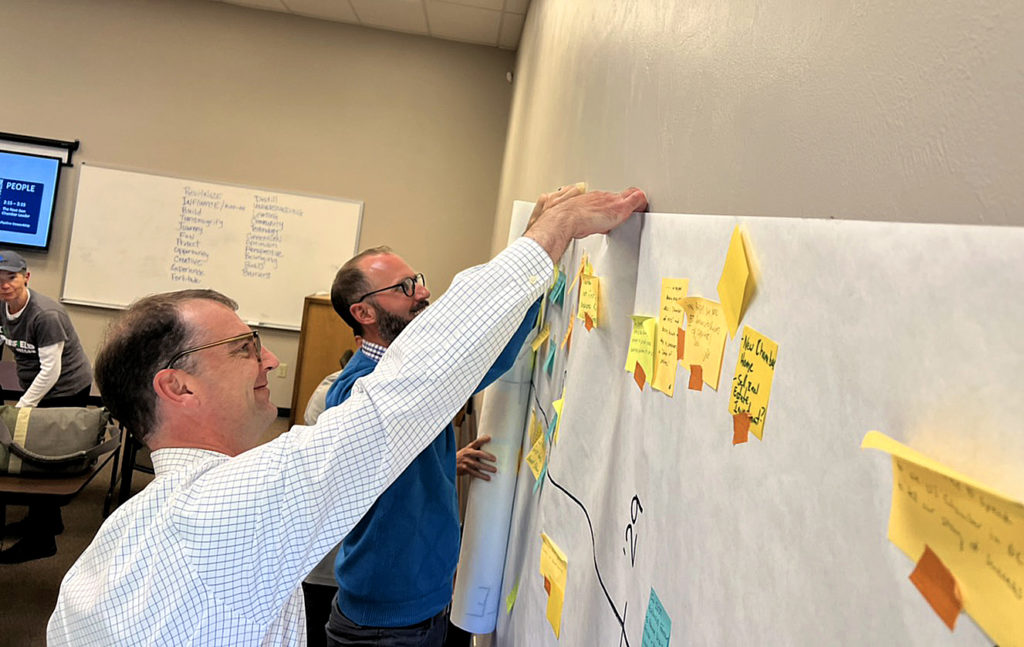
In fact, I know this to be true. Through our national, regional, and state chambers of commerce we are connected to so many fine chamber professionals, and their members, who are working every day to bring about positive change and impact in their communities. Our peer-to-peer network is solid as we share best practices, research, and ideas on how to best serve business and how to tackle our community’s problems. Why? Because we know that when our Chamber is at its finest, our communities will thrive.
Support Your Local Chamber of Commerce Day is a day set aside to honor you, our members who are invested in our community, to applaud the efforts you make in support of each other; to extend a thank you for your volunteerism and charity; to call out the valuable services you provide to the customers you serve; and to remind our community of the things you make, the jobs you create, and the families you support in so doing.
Today is a day I am reminded of who is the Chamber. I’ve been at chamber work for nearly 13 years now and I know the answer to be people. People who own, operate, manage, manufacture, produce, and lead organizations. People who are locally invested. People behind private enterprises, publicly owned entities, and nonprofit organizations who understand it is about something bigger than self; individuals who belong because they choose to be invested in the success of others – that of their employees and the business community at large – as well as their own.
At its core, our Chamber staff and members offer a credible, knowledgeable, and resourceful connection, locally invested and locally plugged in with a global, big-picture perspective.
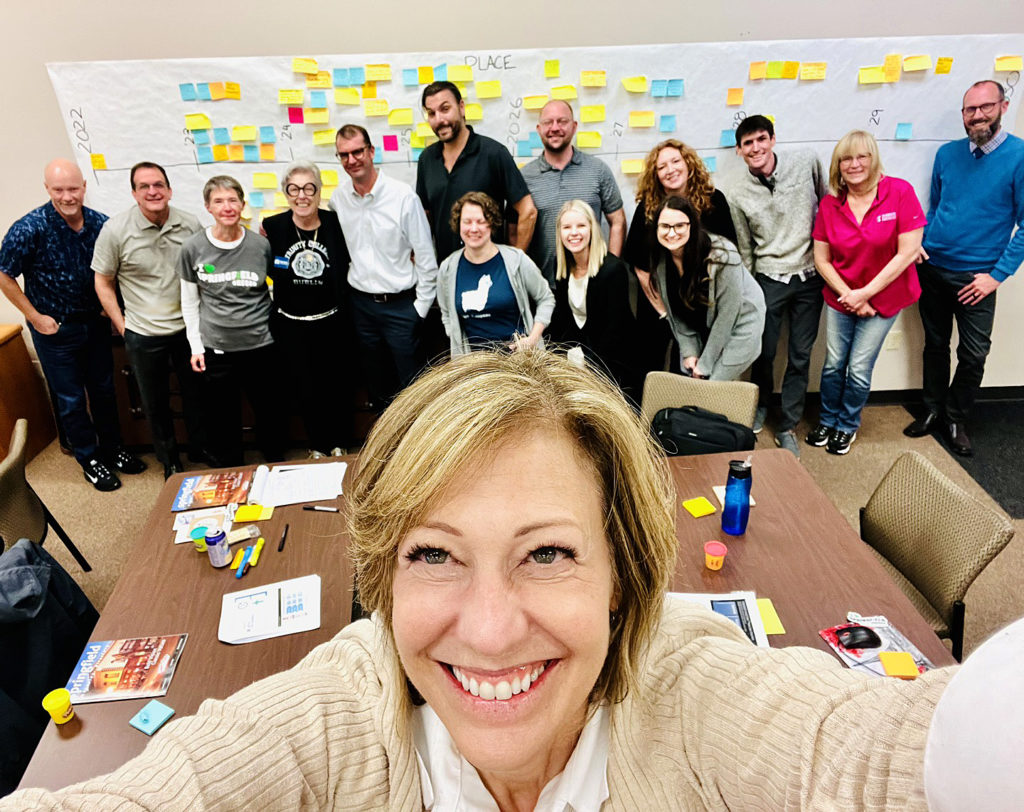
We have adopted, within our vision and strategic goals, a powerful stewardship principle known as the “Duty of Foresight” and in so doing, we have been learning and illuminating key driving forces of change that are influencing – and will continue to influence – our businesses and our community in the years to come. Doing so allows us to anticipate change and embrace innovation, lead with optimism, and make good decisions for our organization. We framed our board vision 2030 work session around the theme Foresight in Action: Leading a Next-Gen Chamber with three core priorities front and center: Brand Stewardship, Asset Stewardship, and Leadership Pipeline Stewardship. I look forward to revealing our next two-year strategic plan and can’t wait to see how far we go!

In closing, I’ve gone to the Springfield Chamber history books for perspective in hopes you will find it a source of pride in your Chamber’s legacy, as I do. Below are but a few excerpts from History of the Springfield Chamber of Commerce 1933-1955 – a document we have on file at the Chamber. Whatever your past or current level of participation in the Springfield Area Chamber of Commerce, thank you for being a part of who we are and where we’re going.

Vonnie Mikkelsen, President and CEO, Springfield (OR) Area Chamber of Commerce
Excerpts from the History of the Springfield Chamber of Commerce 1933-1955, the earliest known recorded history of the Springfield Chamber of Commerce, dated January 4, 1933. Read the full document here. The first passage of this historical document reads:
“… there was a Chamber before this time [1933] but it was too loosely knit to be considered a modern type chamber. It was more of a businessmen’s club. One project that this group of businessmen did … was the construction of the Willamette River Bridge which was constructed … in 1928.”
Some other notable Chamber accomplishments:
1930s:
- Much consideration was given to the permanent location of the Pacific Highway, reduction of rural telephone rates, and a moratorium declared on federal farm loans alongside a reduction of interest rates.
- Work was being done to see that the Southern Pacific Depot in Springfield remain open as the (Railway) Company had experienced a lack of rail business in the area.
- The Chamber worked to establish a branch bank in Springfield.
- The Chamber endorsed a request to President Roosevelt for hydro-electric development on the Columbia River and conducted a campaign of education as part of a national movement to speed the return of prosperity in accordance with the National Recovery Act.
- A flax plant for Springfield was undertaken by the Chamber between 1935-1936 (the Chamber continued to promote this industry in subsequent years as noted in the document); and promoted and supported the creation of various irrigation projects in the area.
1940s:
- The Chamber cooperated with the defense board to set up a Defense Headquarters.
- The Chamber was active in securing new industries, developing better business conditions, improving the looks of the city and attracting a larger percentage of business from the trading area.
- Good relations between farmers and businessmen were promoted, aided the war effort by conducting a scrap drive and promoted a Springfield Community Chest (1942).
- The chamber co-sponsored numerous band concerts and undertook a program to consider employment for returning soldiers and the urgent need of permanent, low-cost housing for the post war era.
- The chamber started preliminary work toward establishment of a park and recreation district in Springfield and joined the Lane County Post War Planning Council taking on issues concerned with jobs, land use, promotion of new industries, roads and bridges, and housing.
- The chamber was instrumental in obtaining taxi service for the residences of Springfield and was engaged in developing plans for a city garbage dump in a location suitable for the area at the time.
- On September 29, 1944, the voters passed a measure that would create the Willamalane Park & Recreation District for which the Chamber had worked to ensure.
- The Chamber undertook campaigns to secure better street lighting, expanded bus line facilities, and a trunk sewer extension.
- In November, 1945, Mr. Don Lane was hired as the Chamber’s first paid full-time secretary.
- The Chamber actively supported the establishment of a National Guard unit in Springfield and also the construction of an Armory.
- The Legislative Committee advocated for state legislation to correct a particular situation in Lane County for educational finance, and tax relief via bill to tax public utilities on properties outside of corporate city limits.
- The Tourist and Publicity Committee published a new map of Springfield area, distributing thousands of pieces of tourist literature and began investigating well-placed signage to welcome tourists, while locals and businessmen hosted special tours of our area.
- Working in close cooperation with Welcome Wagon, the Greeters made it easier for Springfield newcomers to get acquainted with the town and its organizations.
- Policy recommendations contained in the Hoover Commission report were adopted by the Chamber and members of the congressional delegation informed of the position.
- The Chamber lent its aid and assistance to the formation of a group to raise funds for a new hospital in Springfield.
- Springfield Chamber of Commerce was formally incorporated under modern non-profit governance in 1949.
1950s:
- A Chamber radio program aired over KORE for 12 weeks starting in January of 1950.
- The Public Affairs Committee was responsible for the reappraisal of Springfield properties resulting in a three million dollar increase in assessed valuations and lowering Springfield’s millage.
- The Chamber advocated for permanent paving over graveling and oiling of streets, continued support of an all-weather route of the McKenzie Highway at the Clear Lake Cutoff, backed a basic school fund increase, sent letters to support the foundation of a Western Union office in Springfield, and lent its support to a western location of the Air Force Academy sending letters to Oregon’s Congressional Delegation.
- The construction of the Memorial Building in downtown (1950-1951) received considerable assistance from the chamber as did a multitude of wood products industry new construction and relocation projects through the efforts of the New Business Committee.
- The historical record refers to many committees active in all areas of commerce, public affairs, and publicity during the 1950’s with efforts focused on moving important work of interest to economic growth all across town from roads, bridges, highways, industrial development, retail, public transit, publicity, athletics, recreation, and tourism.
- Fitting that the final entry of the 19 page type-written document was one of hope, pride, and optimism. The Christmas Parade of 1954 was by far the most successful one in the city’s history (to that date.) References are made to decorations of Main Street and the Paramount Area, a 15-minute television show coverage, more than twenty float entries, marching units, Santa and live reindeer, and a crowd of 37,000 spectators.
These are but a few excerpts from the History of the Springfield Chamber of Commerce 1933-1955.
Read the full document at this link.
Discover more from Springfield Bottom Line
Subscribe to get the latest posts sent to your email.


